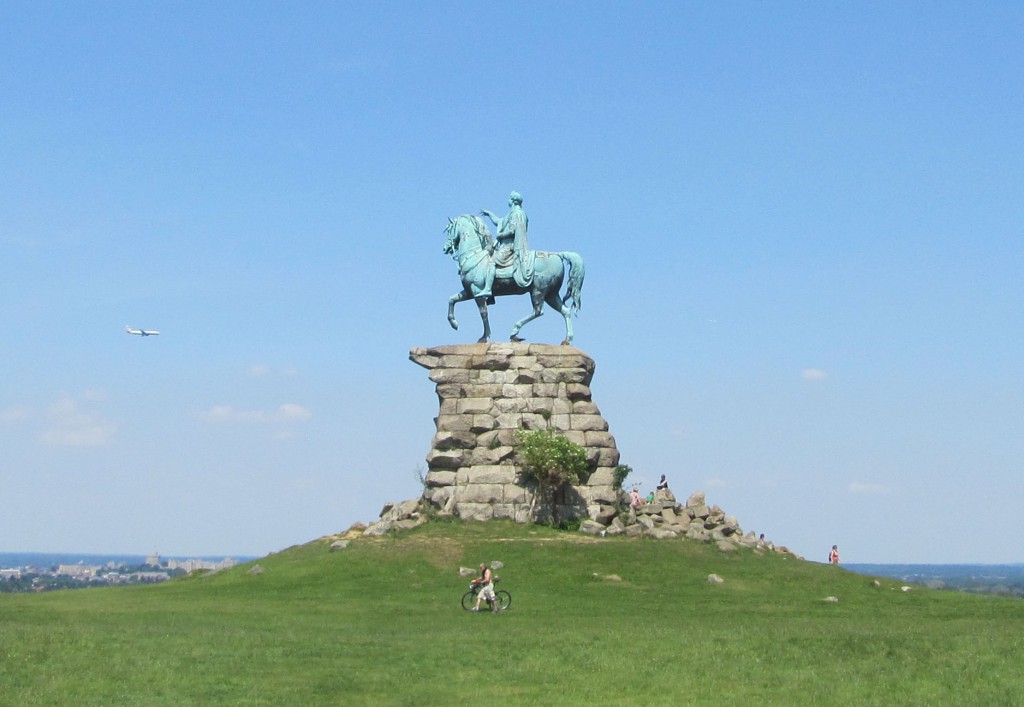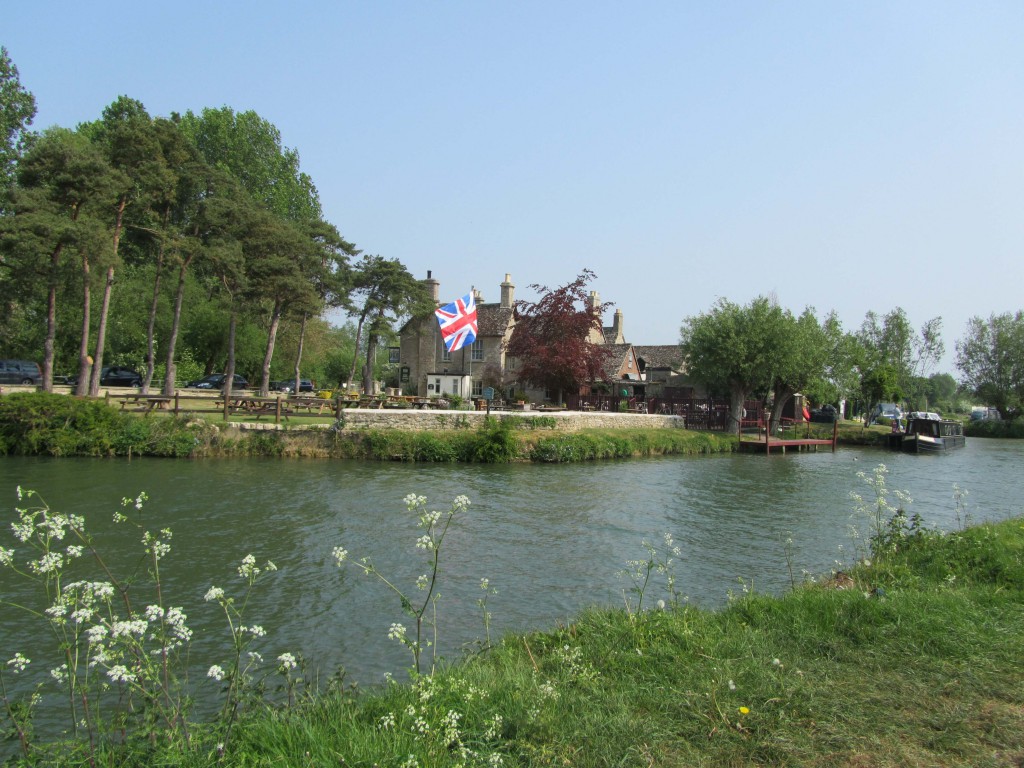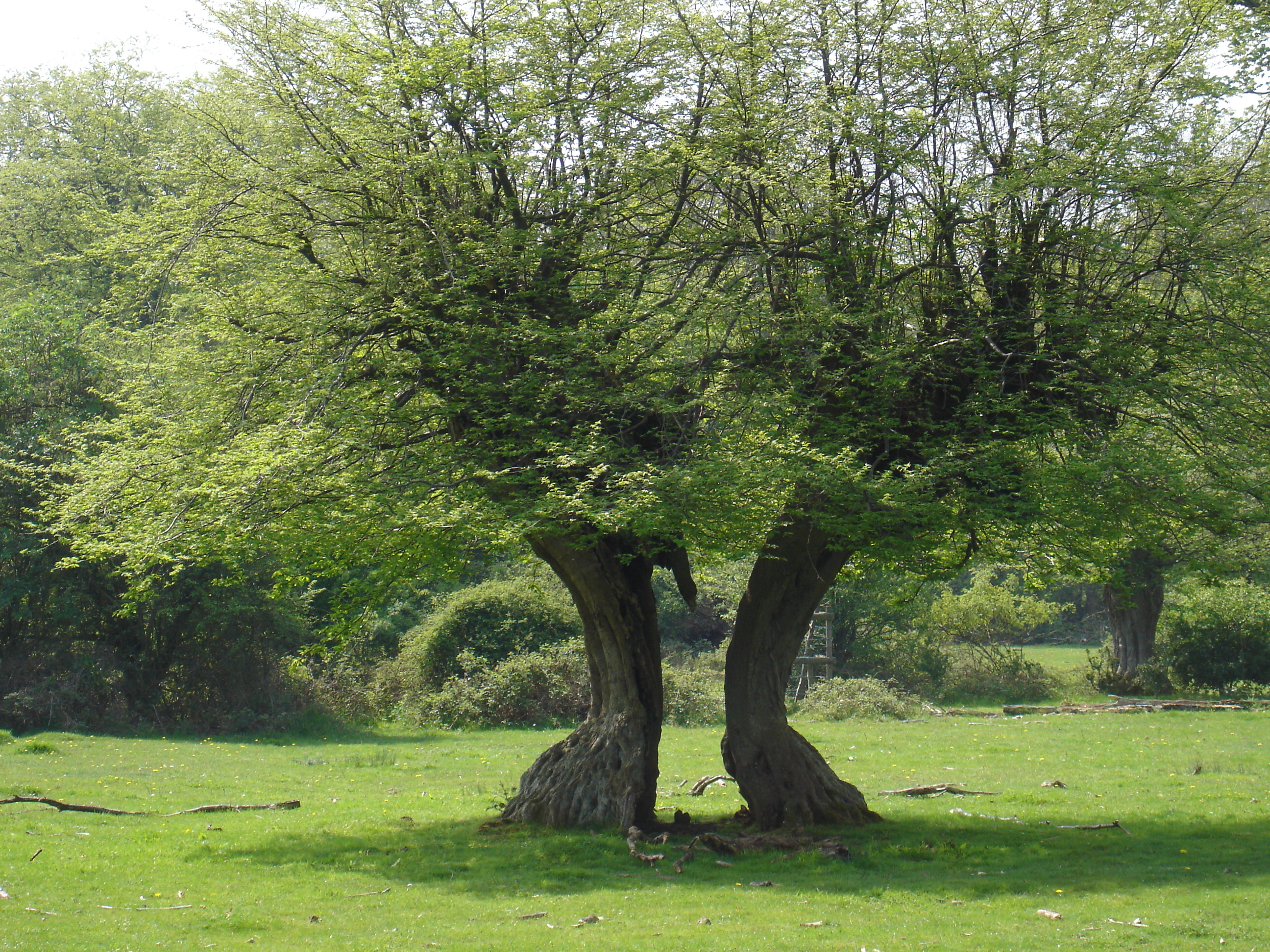We left the car by the duck pond at Wickham St Paul. After breakfast at Spencer’s Farm Shop of coffee and the best bacon sandwiches north of Columbia Road Market we walked down Rectory Lane past hedgerows heavy with hips and haws, and with elderberries and blackberries. There were hazelnuts and crab apples, hops, sloes, bullace, sweet chestnuts and acorns. There was ivy and bryony and guelder rose too, and there was lots of surprising blessed sunshine. Continue reading “Castle Hedingham”













